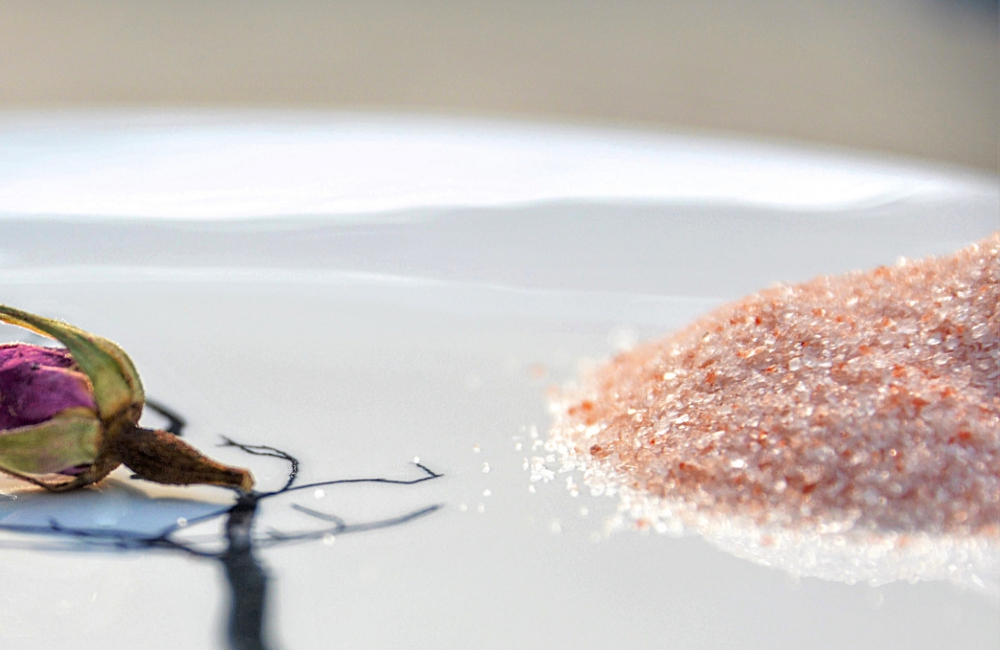Why should I spend more money to buy natural salts? I get that question all the time. Many people assume that the only difference between commercial table salt and natural sea salts is solely a marketing strategy for salt manufacturers. It turns out there is much more into it.
The generic table salt is heavily processed and go through chemical cleaning to produce a salt that is uniformly white. In addition they are refined and usually have anti-caking agents to absorb moisture so they don’t clump together.
Natural sea salts are produced from evaporated seawater. Untreated sea salts have uneven texture, with organic natural colors; grayish-white, light pink or orange. These salts can go through re-evaporation and washing process to produce a salt that is whiter. They are generally more flavorful and add a distinct twist to your dishes.
Would you still choose table salt over natural salts?
I personally like using a variety of additive- free natural salts depending on what I’m cooking. Himalayan pink salt, kosher sea salt, Fleur de Sel French sea salt and Celtic Grey are among my favorites.
It’s best to start by tasting a few different ones to decide which one you prefer. So buy only small amounts until you find the one you like. Whichever type of salt you choose, use in moderation.

